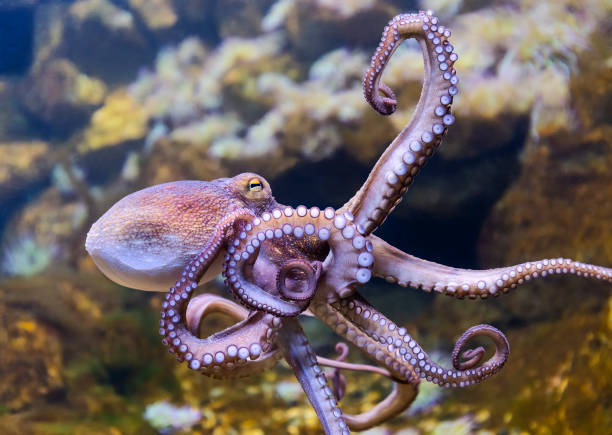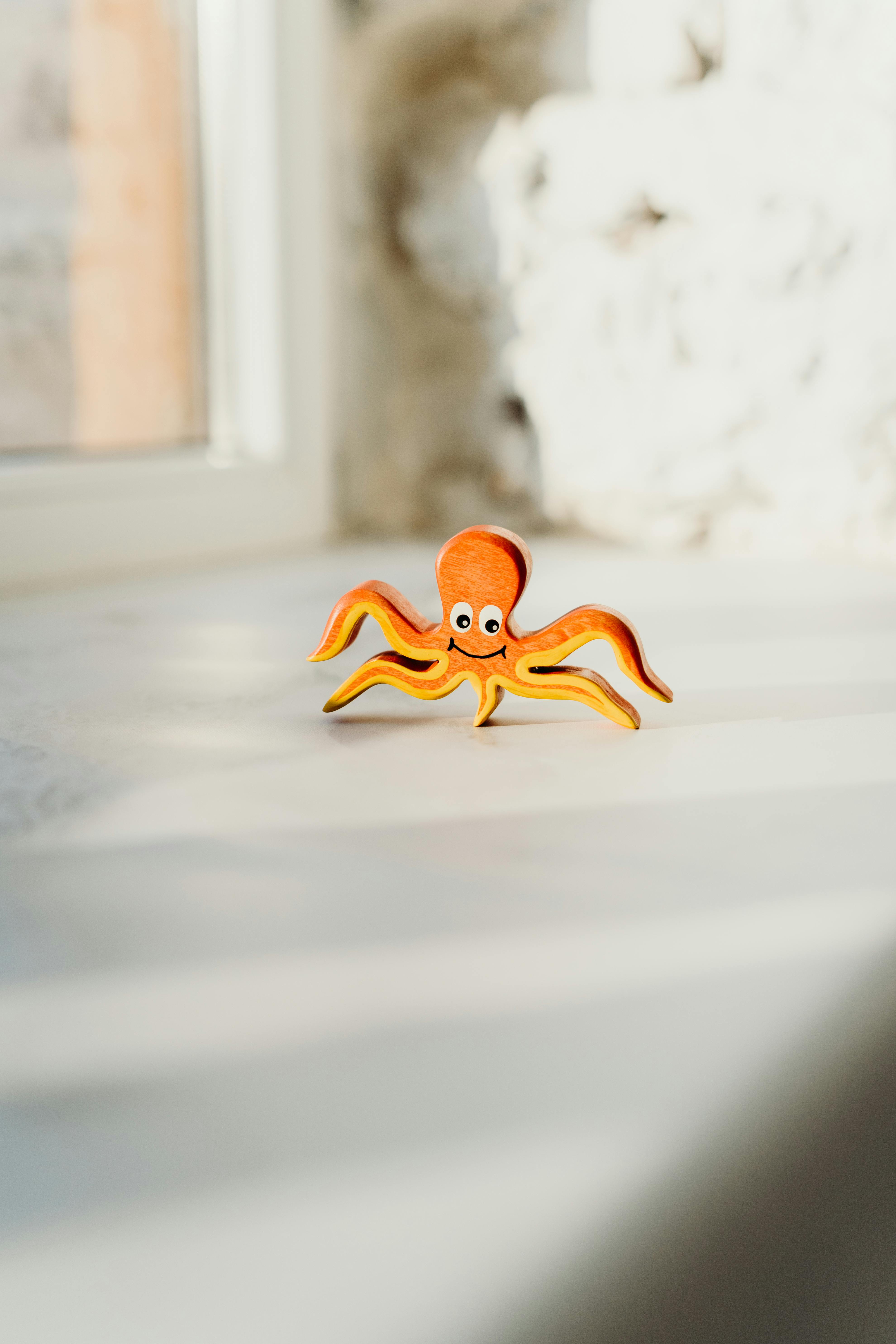Rethinking Urban Wildlife: The Surprising Role of City Animals
In the bustling cityscape, amidst the steel skyscrapers and concrete jungles, the last thing you might expect to find is wildlife. But they are there, not just surviving, but thriving, adapting, and adding an unexpected layer of complexity to urban ecosystems. This article delves into the intriguing world of urban wildlife, their history, current trends, and the increasing significance of their role in our cities.

History of Urban Wildlife
Urban wildlife is not a new phenomenon. In fact, as long as there have been human settlements, there have been animals adapting to them. However, in the early days of urbanization, wildlife was often seen as a nuisance or threat, leading to widespread extermination campaigns. It was only in the 20th century that attitudes began to shift, with an increasing recognition of the ecological role of urban wildlife.
Current Trends in Urban Wildlife
Today, urban wildlife is a hot topic in the fields of ecology and conservation. Cities around the world are becoming biodiversity hotspots, with a surprising variety of species making their homes in urban environments. From red foxes in London to raccoons in Toronto and peregrine falcons in New York City, wildlife is reclaiming urban spaces.
The Role of Urban Wildlife
Contrary to popular belief, urban wildlife does not just survive in cities, it thrives. These animals play a vital role in maintaining the health of urban ecosystems, from pest control and pollination to seed dispersal and nutrient cycling. Moreover, they contribute to the mental well-being of city dwellers, providing a link to nature amidst the concrete and steel.
The Market for Urban Wildlife Conservation
Recognizing the importance of urban wildlife, a burgeoning market for urban wildlife conservation has emerged. There are now products and services aimed at supporting urban wildlife, from wildlife-friendly gardening supplies to urban wildlife tours. While it’s difficult to estimate the exact market size, it’s clear that interest in urban wildlife is growing, leading to new opportunities for businesses and entrepreneurs.
The Future of Urban Wildlife
As cities continue to grow and evolve, so too will the relationship between humans and wildlife. The challenge is to find a balance, allowing wildlife to flourish while minimizing conflicts with humans. This will require innovative solutions, from better urban planning to public education campaigns. But as we learn to live in harmony with our wild neighbors, we will create more livable, sustainable, and vibrant cities for all.
Urban wildlife, once seen as a nuisance or threat, is now recognized as an integral part of our urban ecosystems. As we continue to grapple with the challenges of urbanization, these animals offer valuable lessons in resilience and adaptation. And in doing so, they remind us of the intricate and surprising connections between the human and natural worlds.




